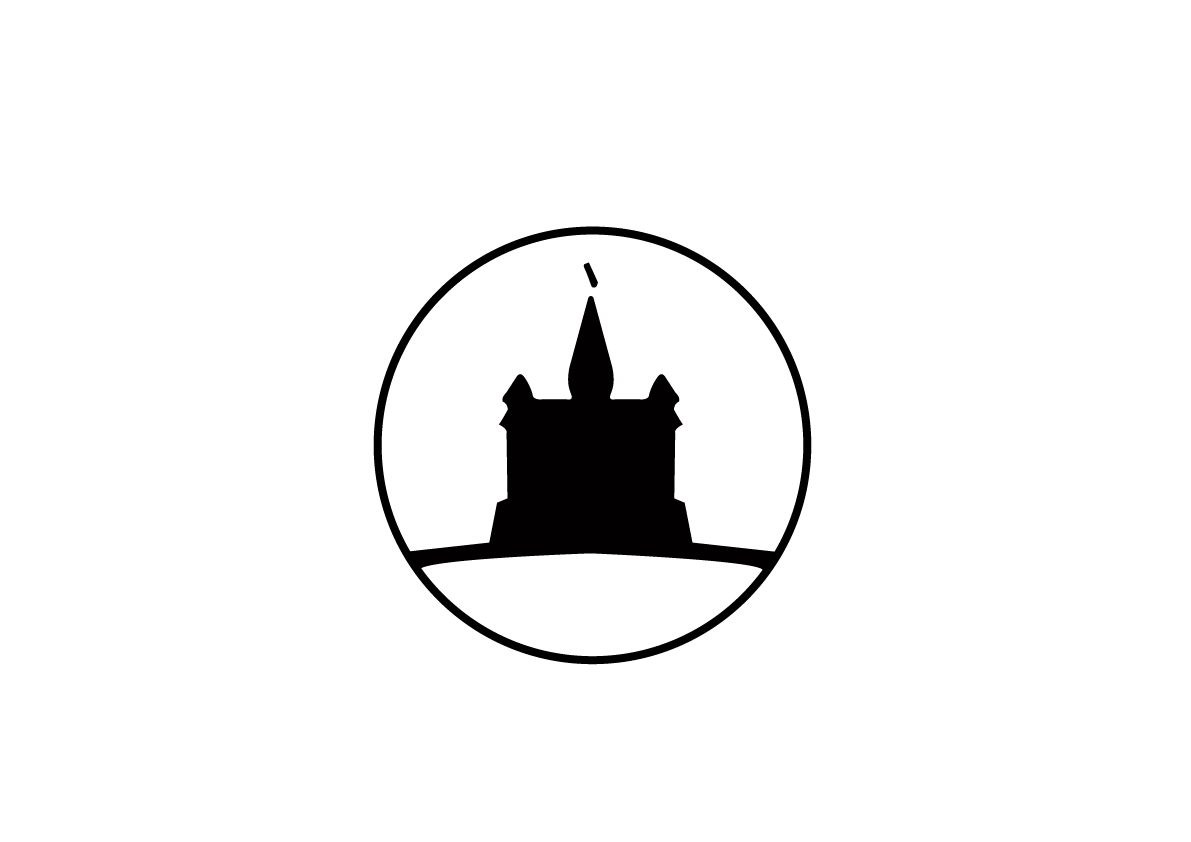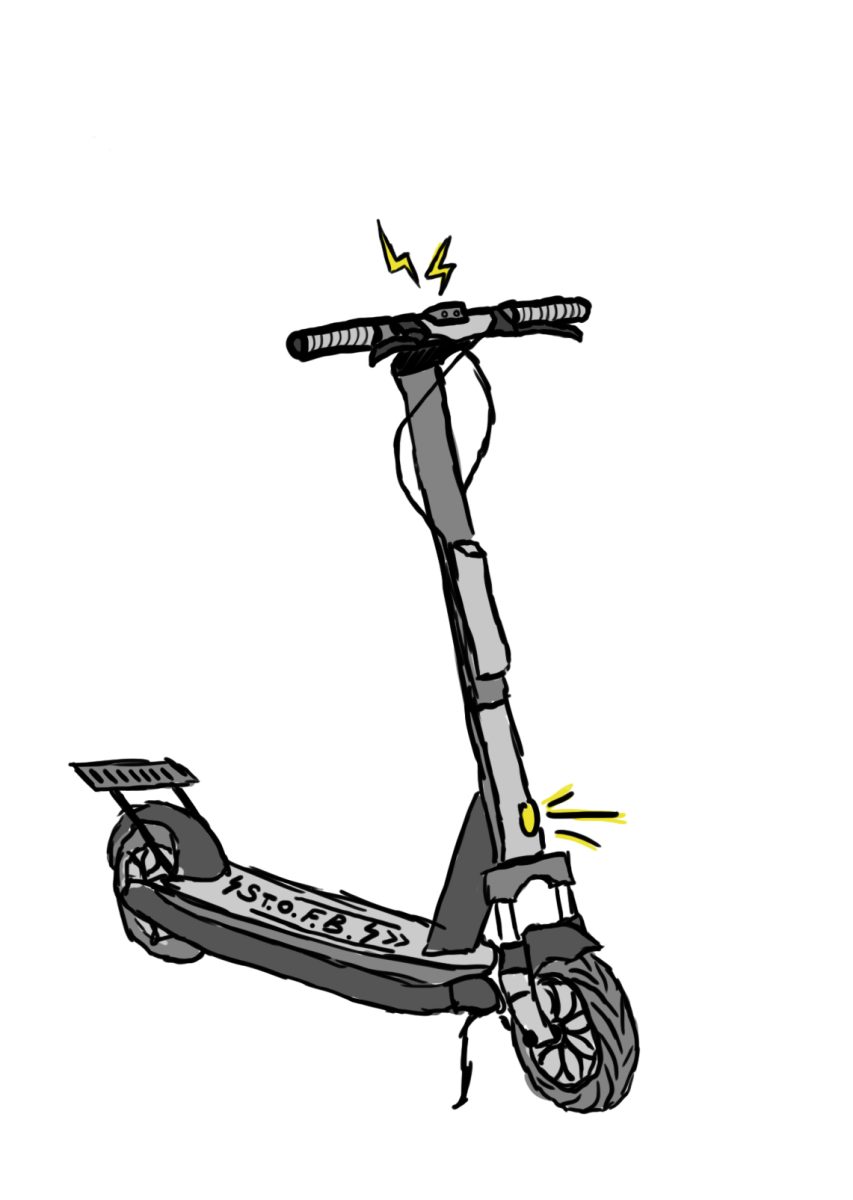Our national zeitgeist was captured for over a week by the presence of a “Chinese spy balloon” – which seems at first like further proof that we are living in a writers’-strike episode of an already poorly-written satire. There is only so much to say about the incident, largely due to the dearth of public information available – a Chinese intelligence collection balloon was spotted first by the military over Alaska, then publicly over Montana, and shot down off the South Carolina coast. The People’s Republic of China maintains it was a civilian craft blown off course. The latest official American position agrees with China that the balloon was blown off course by surprise winds – but only after being intentionally deployed to spy on military installations in Guam and Hawaii.
The balloon itself is probably not interesting enough to warrant the circus that surrounded its arrival, but it’s more interesting when taken as an omen. It arrived at roughly the anniversary of Russia’s invasion of Ukraine, just as mass attention to the war is beginning to wind down; taken together, the two are pivotal artifacts of how our sense of security in the world has changed in the last half-decade. The most interesting piece of news in the whole balloon saga may well have been the Defense Department’s concession that this has happened almost a half-dozen times in the last few years. It should be a reminder to the public that national security is not something that just appears out of the blue every few months to shake us out of a slow news cycle.
For two decades, the security architecture of our world has been reorienting itself and, more honestly, decaying. China has, perhaps more importantly than some balloons, been building an empire of artificial islands in the South China Sea in order to concretely manifest their maritime claims. The People’s Liberation Army has been building out the largest expansion of a nuclear force this century has seen, and is on track towards having a nuclear stockpile in excess of 1,000 weapons. They have been building and drilling and saber-rattling a force specialized for the invasion of Taiwan. Russian autocracy did not wake up on the wrong side of the bed and decide to invade Ukraine for the hell of it – they did in fact invade the nation eight years ago, as some of us may remember from middle school. Scarcer few are aware of their invasion of Georgia or the subordination of the Belarusian state. Even Russia’s attempts to undermine and influence American elections are taken more seriously as a partisan talking point than as a serious threat to democratic sovereignty. The balloon, in other words, is not new. It is simply the first crisis that is hanging over our heads in more than a figurative sense.
Americans of our and our parents’ generation lived in a post-Vietnam nation that was dead set on insulating everyday people from the concerns of national security, a paradigm that carried us through the Global War on Terror with a sense of unreality. We have become remarkably good at being the most powerful and omnipresent military force in world history while scarcely noticing it. Our ignorance, as the balloon seems to remind us, is unsustainable.
John Emmons is from Seattle, Wash.
His majors are Chinese and political science.





